
Browse an alphabetical list of articles about the Holocaust and World War II. Learn more about topics such as the Nazi rise to power, how and why the Holocaust happened, life in Nazi camps and ghettos, and the postwar trials.
<< Previous | Displaying results 351-372 of 1105 for "Article" | Next >>
Learn about France during the Holocaust and WWII, the liberation of France, postwar trials, and the legacy of Vichy France’s collaboration with Nazi Germany.
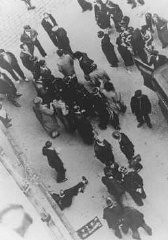
Frances Perkins was FDR's secretary of labor. Learn about her role in the rescue of European Jews whose lives were threatened by the Nazi regime.

Read the Jewish Partisan Educational Foundation's short biography of Frank Blaichman.
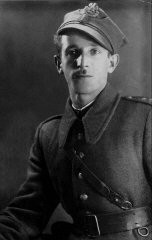
Learn more about Frank Bleichman, a Polish partisan who resisted and fought against the Nazis during World War II.
Explore Frank Liebermann’s biography and learn about his experiences of antisemitism in his home town in Germany before World War II.
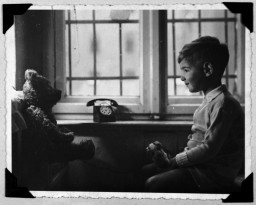
Franklin D. Roosevelt was 32nd president of the US. Learn about the domestic and international challenges FDR faced as president during World War II.
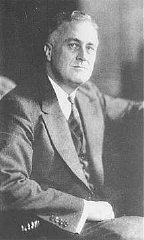
Franz Oppenheimer was a sociologist and economist who expanded on tenets proposed by Karl Marx. Two of his works were burned under the Nazi regime in 1933. Learn more.
Franz von Papen was one of the leading German officials tried during the International Military Tribunal at Nuremberg. He was acquitted of all charges.
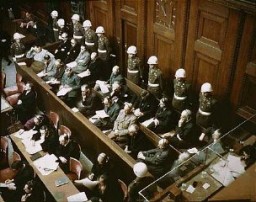
Franz Werfel was an Austrian poet, modernist playwright, and novelist. Several of his works were burned during the Nazi book burnings of 1933. Learn more.
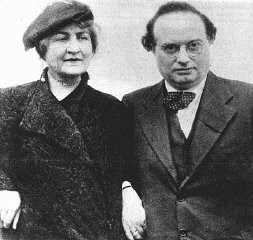
Adolf Hitler repeated the pre-existing claim that Jews used Freemasonry to achieve their political ends. Learn more about the history of Freemasonry.
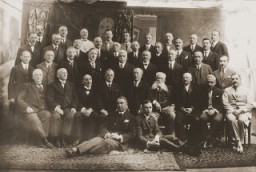
Nazi propaganda linked Jews and Freemasons and claimed there was a “Jewish-Masonic” conspiracy. Learn more about Freemasonry under the Nazi regime.
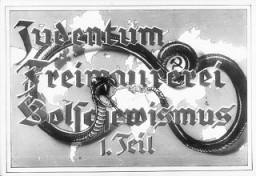
Learn about the Freiburg subcamp of Flossenbürg, including its establishment, prisoner population, and conditions there.
Friedrich Engels was a philosopher and political economist. He co-authored communist and socialist books with Karl Marx. His work was burned in Nazi Germany in 1933.
Friedrich Wilhelm Förster was an author, educator, and philosopher. In 1933, his works were denounced as subversive and burned in Nazi Germany. Learn more.
Brief overview of the charges against Fritz Sauckel, Nazi general plenipotentiary for labour deployment, during the International Military Tribunal at Nuremberg.
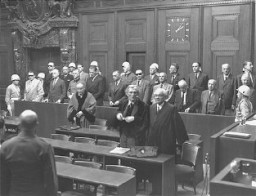
Learn about Fürstengrube subcamp of Auschwitz, including its establishment, administration, prisoner population, and forced labor and conditions in the camp.
After WWII, many Holocaust survivors, unable to return to their homes, lived in displaced persons camps in Germany, Austria, and Italy. Read about Fürth DP camp.
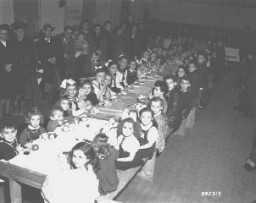
After WWII, many Holocaust survivors, unable to return to their homes, lived in displaced persons camps in Germany, Austria, and Italy. Read about Gabersee DP camp.
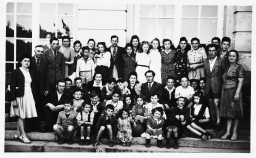
In April 1945, US troops encountered a barn on the outskirts of Gardelegen where the SS and its accomplices had massacred over 1,000 concentration camp prisoners.
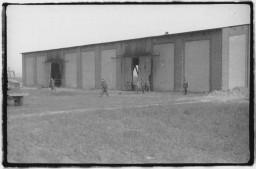
The Nazis used poisonous gas to murder millions of people in gas vans or stationary gas chambers. The vast majority of those killed by gassing were Jews.
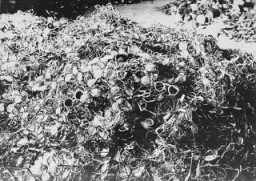
The Nazi regime carried out a campaign against male homosexuality and persecuted gay men between 1933 and 1945.
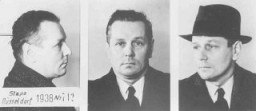
Learn about the history of discrimination against Roma in Europe and how the Nazi regime committed genocide against European Roma during WWII.
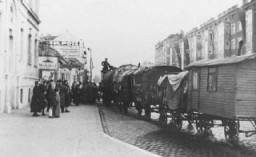
We would like to thank Crown Family Philanthropies, Abe and Ida Cooper Foundation, the Claims Conference, EVZ, and BMF for supporting the ongoing work to create content and resources for the Holocaust Encyclopedia. View the list of donor acknowledgement.